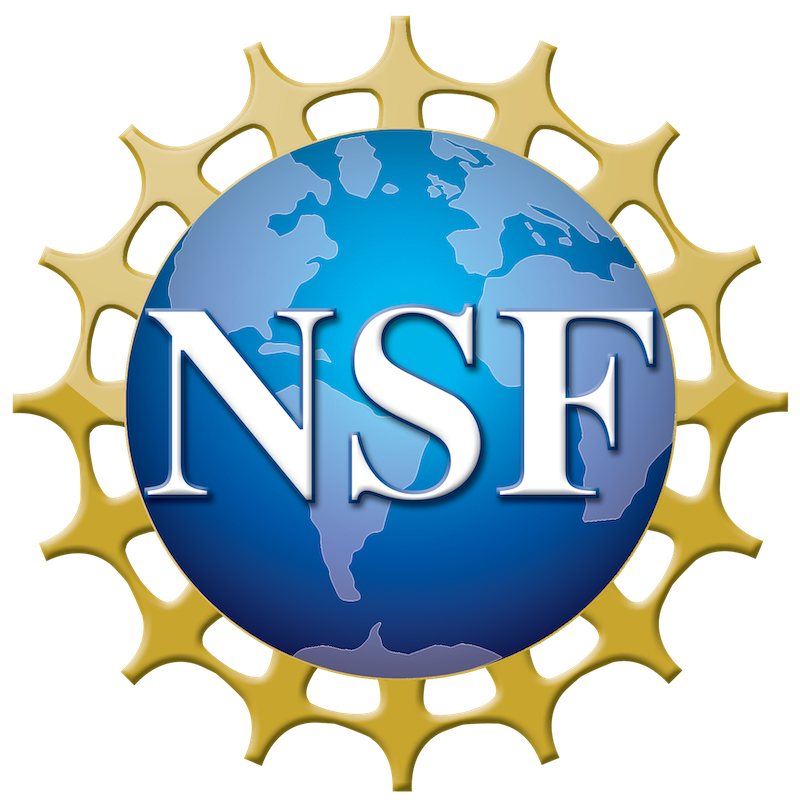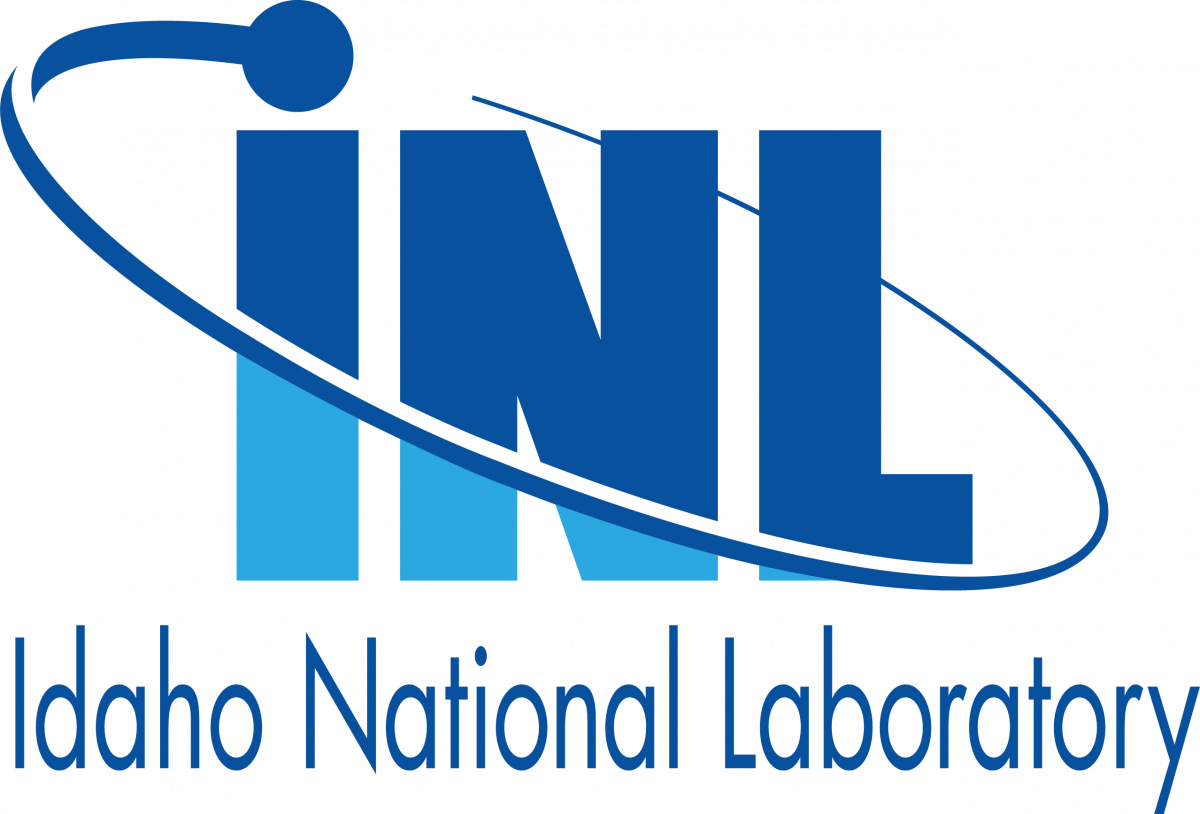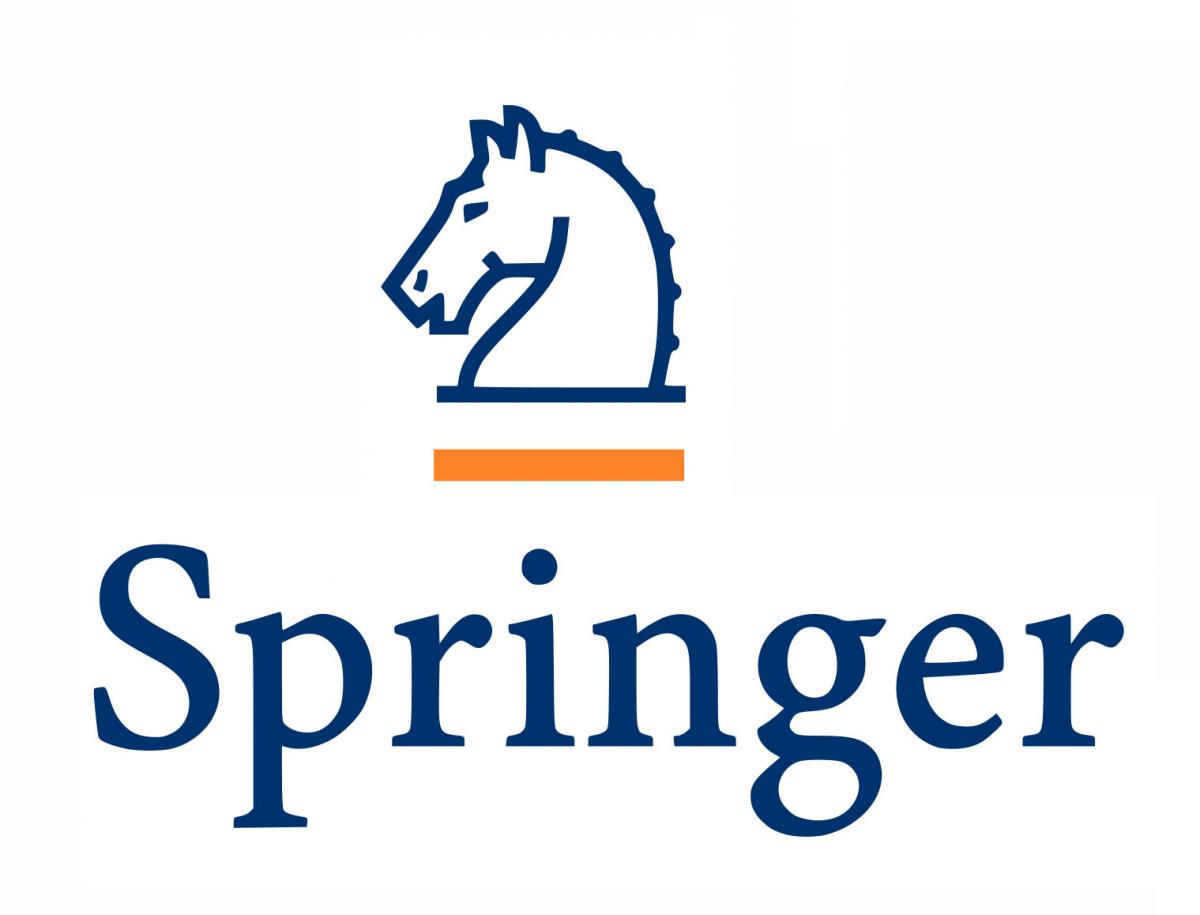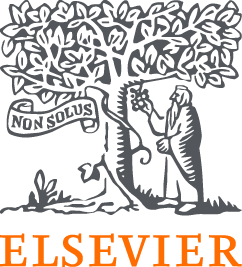Adrian Buganza Tepole, Purdue University
Ellen Kuhl, Stanford University
Michael Sacks, University of Texas at Austin
Krishna Garikipati, University of Michigan
Continued improvements in computational power, software, and massive data availability over the past two decades have led to an increasing interest in Artificial Intelligence (AI) in general and in neural networks (NN) in particular. Traditionally associated with image processing and informatics, NN are now increasingly used to directly represent Partial Differential Equations (PDE) in many areas of computational mechanics. This is especially the case in biomedical applications, where major breakthroughs in computational methods and imaging technologies have reshaped the biomedical research landscape. For example, in many areas, NN have successfully replaced physics solvers. Other machine learning (ML) techniques include Gaussian processes, and automatic model discovery. ML has also allowed for the seamless integration of imaging data and mechanical test data; it naturally incorporates inverse problems to identify model parameters, either by replacing the forward solver with ML surrogates, or by directly learning the inverse mapping.
ML and AI are now widely used to simulate and understand different organ systems including the heart, skin, arteries, and the brain. For instance, ML surrogates can be used to solve the inverse problem of skin growth in tissue expansion from large animal data, and the resulting calibrated model can improve expansion protocols that produce the desired shape of newly grown skin flaps. Another important application is the use of ML surrogates for a wide variety of living systems, trained on a large number of simulations that span a broad range of material parameters, loading, and boundary conditions, and ultimately enable the prediction of personalized disease and treatment scenarios that are impossible with traditional high-fidelity physics solvers. Beyond tissues and organ systems, ML tools such as Physics Informed NNs can be used to model and predict disease dynamics across populations.
This mini-symposium invites contributions in both: i) fundamental advances in ML and AI algorithms specialized for computational mechanics of biomedical systems, and ii) specific application pipelines for biomedical problems enabled by ML methods.











